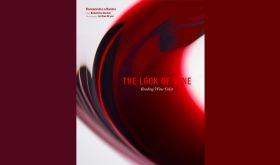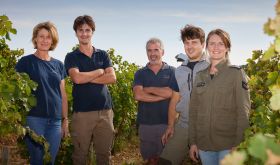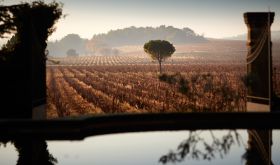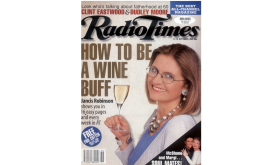
12 June 2014 – As a Throwback Thursday we are republishing this four-year-old 12th instalment of Richard's account of his path towards becoming a Master of Wine. He had just sat his first year assessment, a one-day version of the exam proper, to check that candidates are ready to go forward into the second year. It comprises a blind tasting and one theory paper. Having now passed both practical and theory parts of the exam, he is currently attempting the third and final hurdle, a dissertation or equivalent, and the last instalment of his diary was his 55th.
14 June 2010 - Those who do eventually pass the actual MW exam may not count themselves Masters of Wine until they have successfully written a dissertation. Tomorrow we plan to publish one entire dissertation, on the gripping and topical subject of counterfeit wine [although in the end the Institute deemed it unready for publication and we had to withdraw it] – JR.
It is nice to have such supportive friends. Mine were all too willing to come over and wish me luck over the last few weeks, as I prepared for the first year exam by opening dozens of bottles of wine at a time for tasting practice.
The assessment, which is a condensed version of the final exams, comprises one 12-wine blind tasting in the morning and two of three theory questions in the afternoon. In the latter was the obligatory question:
‘Critically examine the pros and cons of the techniques available in a winery for the management of alcohol levels in wine.’
Then a choice between:
‘How fair is Fairtrade wine?’
‘How can the wine industry increase profitability?’
The alcohol management question was fairly straightforward, once you ensure that the critical assessment part takes precedence over technical descriptions of the various techniques available. I then tackled the profitability question, which was much harder. After all, if it was easy, everyone would be doing it – being more profitable, I mean. I hasten to add that this wasn’t the crux of my argument, but I did compare business models of various parts of the trade to investigate what works and what doesn’t. Above all, I hope I achieved one of the fundamental necessities: writing clearly structured and well-argued essays, with appropriate illustrations along the way.
The blind tasting element felt as though it went quite well. The worst part of it was the first flight of three, which were rosés, specifically an Italian Pinot Grigio, a New Zealand Pinot and a Provençal example, which were tricky. Then came two Viogniers, two Sauvignon-Sémillon blends, two Cabernet blends and three unrelated reds, comprising a Pinot Noir, a Pinotage and a Rioja Reserva.
I got six dead right: price, country, variety and vintage all pretty much spot on, which is gratifying; then four close-ish but with mistakes on one of the elements; and two big misses – the first two rosés, in fact, which I guessed as Sancerre and Rioja. As we all know by now though, t’ain’t watcha guess but the way that you guess it, that’s what gets results. The identification part, while important, is definitely secondary to the process of answering, where you get the chance to prove your point.
Obviously, trying to prove that a Pinot Grigio rosé is in fact made by briefly macerating Pinot Noir grapes from the Loire won’t help much. But you could for example, quite convincingly claim that Yalumba's Virgilius Viognier from the Eden Valley is in fact a Condrieu. Cough. The other questions variously concerned quality level, commercial potential, winemaking, age and ageing potential.
The results come in July, hopefully with detailed feedback. At that point, you hear whether you are passed to enter the second year and sit the main MW examinations. I am feeling optimistic about my chances; so much so, in fact, that I am going to resume studying next week, after a fortnight’s hiatus. Something my friends will be delighted to hear, no doubt.

In honour of our anniversary, enjoy 25% off all annual and gift memberships for a limited time.
Use code HOLIDAY25 to join our community of wine experts and enthusiasts. Valid through 1 January.











